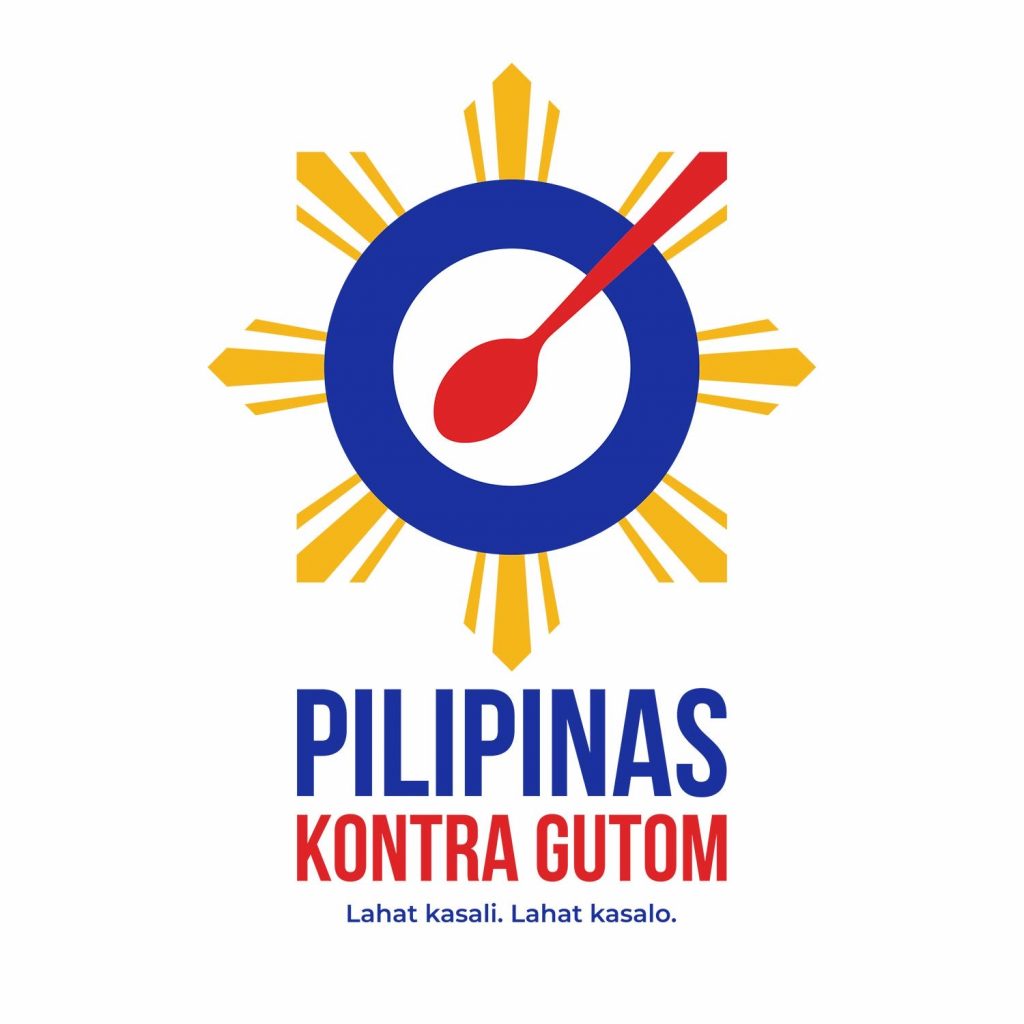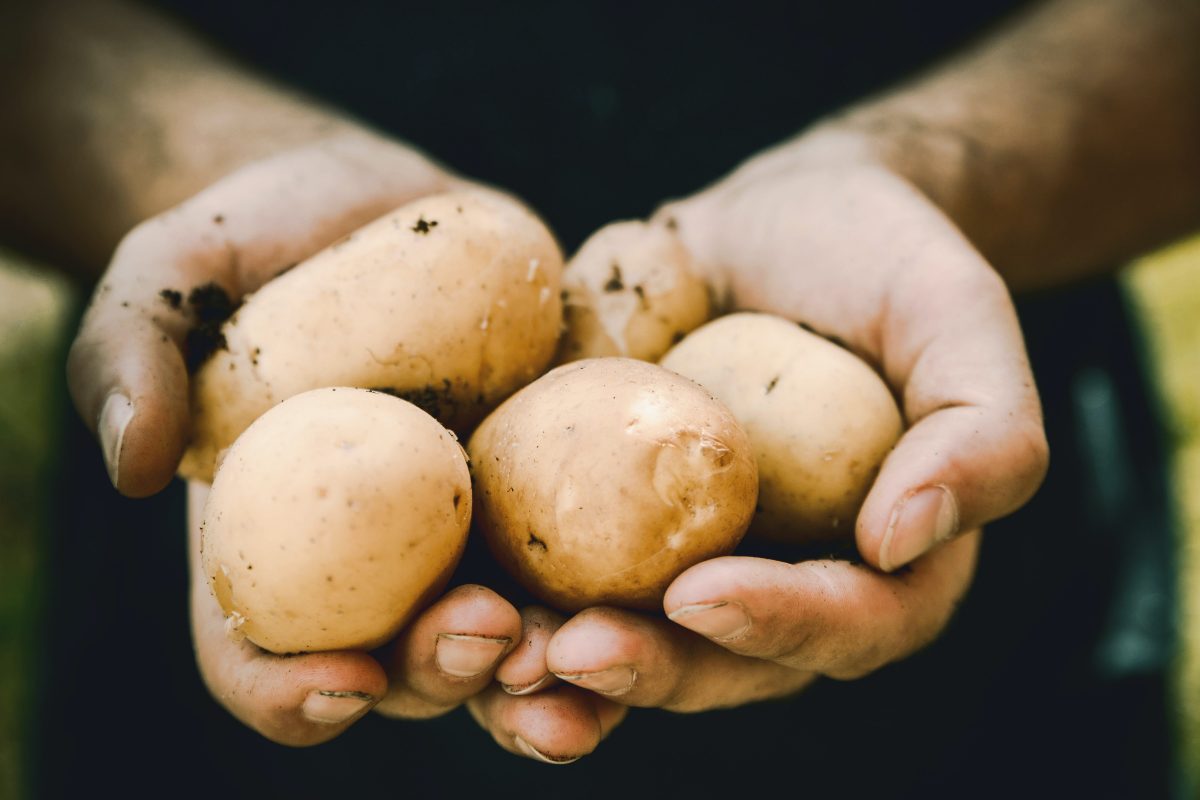The potato is one of the most versatile ingredients.
It can be prepared through different methods of cooking. For example, you can have it fried, mashed, or mashed then fried. The potato can be served as a pie crust or covering, or prepared as a side dish, or can even be the main ingredient of a dish.
Baked potatoes are one of the popular potato dishes. You can be creative in what ingredients you add to the potato to elevate the flavor of your dish or follow a strict recipe. Baked potatoes can go with almost anything. It’s fluffy and creamy on the inside, and with the skin on the outside, it’s crisp and full of flavor. It’s very filling without overpowering the dish you’re pairing it with.
Potato Origins
But did you know that there’s a place that’s particularly proud of their potatoes? It’s none other than, the origin of the potato itself, Peru!
Around 8,000 BC to 5,000 B.C, the Inca Indians cultivated potatoes in the region of modern-day southern Peru. Communities of Inca farmers first discovered the potato plants around Lake Titicaca. They studied the vegetable and began to preserve and domesticate it. By 1536, Spanish Conquistadors who conquered Peru discovered the potato’s flavor and how easy it is to grow and brought it with them to Europe. It spread out to the whole world from there.
FUN FACT: The potato is the first vegetable to be grown in space. This was done in October 1995 by NASA and the University of Wisconsin. Currently, Peru-based International Potato Centre and NASA are studying if it would be possible to cultivate potatoes on Mars.
Adaptability-focused Research
Even as it became a mainstream ingredient in the world, the knowledge passed down from farmers in Peru is still a valuable asset to keep cultivating the potato. Especially as the climate of the world changes and worsens. The cultivation focusing on adaptability developed through the continued mission of agronomists in Peru to maintain the highest diversity of native potatoes. There are over 4,000 different potato varieties in Peru.
This mostly happens in the Potato Park in Cusco. The park houses these different variants of the potato in a 90-square kilometer area reaching up to a height of 16,000 feet above sea level. The varied altitudes throughout the park add to their research and ensure further evolution of the potato.
By applying different methods, potatoes create new genetic expressions and develop into unique variants. The potatoes they produce come in different colors, flavors, and textures. This almost-obsessive dedication to the cultivation and evolution of potatoes has led to extremely valuable research that will help us understand its properties that can withstand varied circumstances.
As climate change continues to worsen, the potatoes in the park may just be what will feed us all.


